(2/24) The D-20 is another one of Fyodor Petrov's designs, and is part of a 'duplex' alongside the 122-mm D-74 gun, where both share the same carriage but have different barrels.




(3/24) The D-20/D-74 family's history is 'extremely confused' according to Shirokorad, and originally they were meant to be a 'triplex' (100-mm D-70 AT gun, 122-mm D-71, 152-mm D-72). For 'unexplained reasons', Petrov made a new project based on the D-71 that became the D-74. 

(4/24) Sometime between 1950-52, the 152-mm D-72's name was changed to '152-mm gun-howitzer (пушка-гаубица) D-20', apparently in homage to the WW2 152-mm 'howitzer-gun' (гаубица-пушка) ML-20 it was meant to replace. 

(5/24) 'Gun-howitzers' in Soviet terminology have properties more in common with guns (high velocity, flat trajectory) than howitzers (medium velocity, medium trajectory), so the change is confusing, since the D-20 and ML-20 are ballistically identical, as Shirokorad notes. 

(6/24) Regardless, the D-20 and D-74 both entered production in 1955, although the first examples were not delivered until 1956. The D-74 did not have a very long career, since it was considered inferior to the 130-mm M-46, which I've talked about here.
https://twitter.com/CalamineW/status/1679516209769848838
(7/24) The original 1958 manual included both D-74 and D-20, but by 1981 the manual was only being issued for the D-20, so it's safe to assume the D-74 was mostly out of Soviet service by then.




(8/24) The D-74 would have a much longer career elsewhere, like with the Chinese PLA and Vietnamese VPA, and saw much use during the Vietnam War. Some were even given the 130-mm barrel from the M-46 to become the Type 59-1. But that's a another story.




(9/24) Anyway, the D-20 eventually became the primary 152 mm piece in the Soviet Army, replacing all the various old 152 mm pieces like the M-10, D-1, or the ancient obr. 1909/30, which, yes, was still being used in 1945 and into the 50s.






(10/24) The D-20 has a 34-calibre barrel (with muzzle brake). Despite being slightly longer than the ML-20, they are for all intents and purposes ballistically identical. The only real difference between the two is that the D-20's carriage limits its elevation to 45°. 

(11/24) It is capable of throwing the standard 43.56 kg 3OF25 projectile (6.8 kg A-IX-2 filler) with a muzzle velocity of 655 m/s out to 17.4 km with the full charge.
https://t.co/zloLL8A8W9soviet-ammo.ucoz.ru/index/152_of25…


https://t.co/zloLL8A8W9soviet-ammo.ucoz.ru/index/152_of25…


(12/24) It is capable of using older ML-20 ammo (53-OF-540 and 53-BR-540 shown) as well. In fact, all Soviet 152 mm ammo is 'forward-compatible', meaning ammo for older guns can generally be used by newer guns. The only exceptions are Giatsint-S/B, which have their own ammo.




(13/24) More advanced rocket assisted projectiles (3OF22 Kren) and the rare guided 3OF38 projectile can also be fired. Nuclear and chemical shells are also available.
For more on 3OF38 and the 2K4 Santimetr complex:
https://t.co/43lRIY5aTjwww-dogswar-ru.translate.goog/boepripasy/sna…


For more on 3OF38 and the 2K4 Santimetr complex:
https://t.co/43lRIY5aTjwww-dogswar-ru.translate.goog/boepripasy/sna…


(14/24) The D-20/D-74 carriage is a little unusual because it has a pedestal jack in the front of the carriage. It provides extra stability to the gun when firing and can be used to jack up the gun when reorienting the gun.


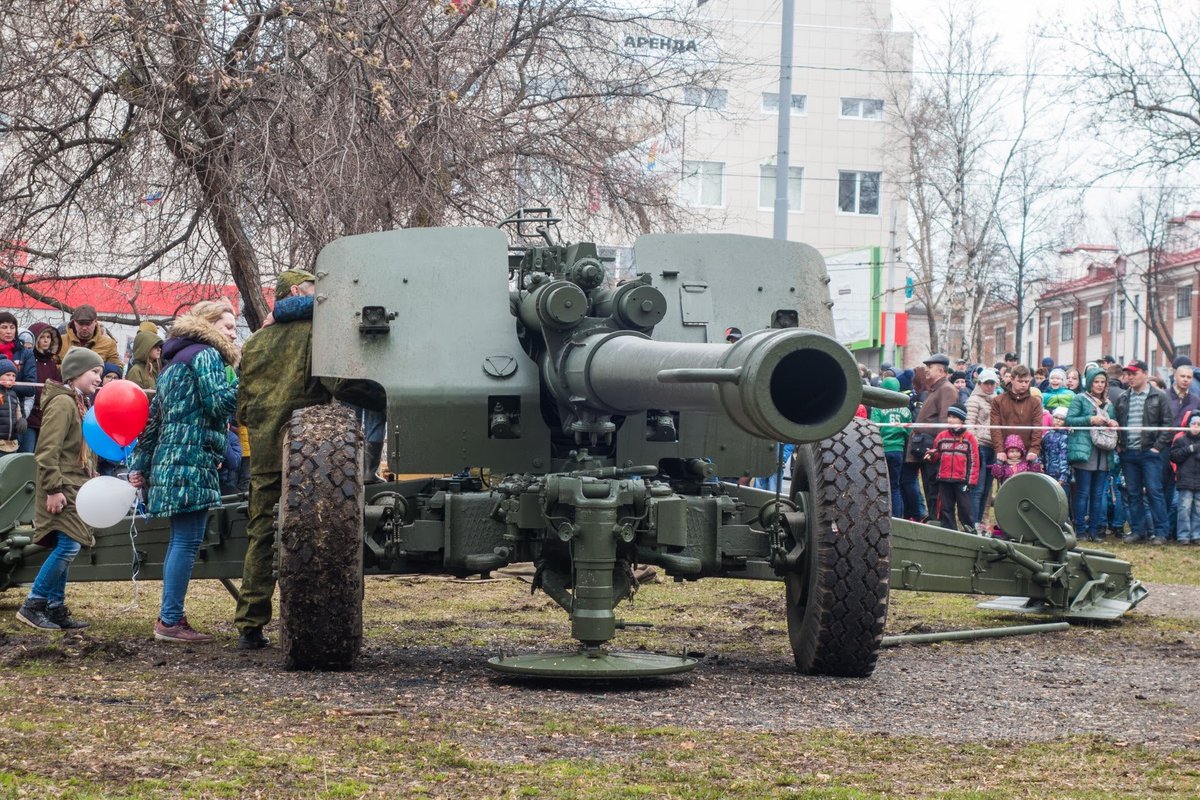

(15/24) In combat configuration, the wheels are spread out and the D-20 is supported only by the pedestal and trails. However, the D-20 can be fired from the wheels as well without problems, as you can see in the earlier photos.



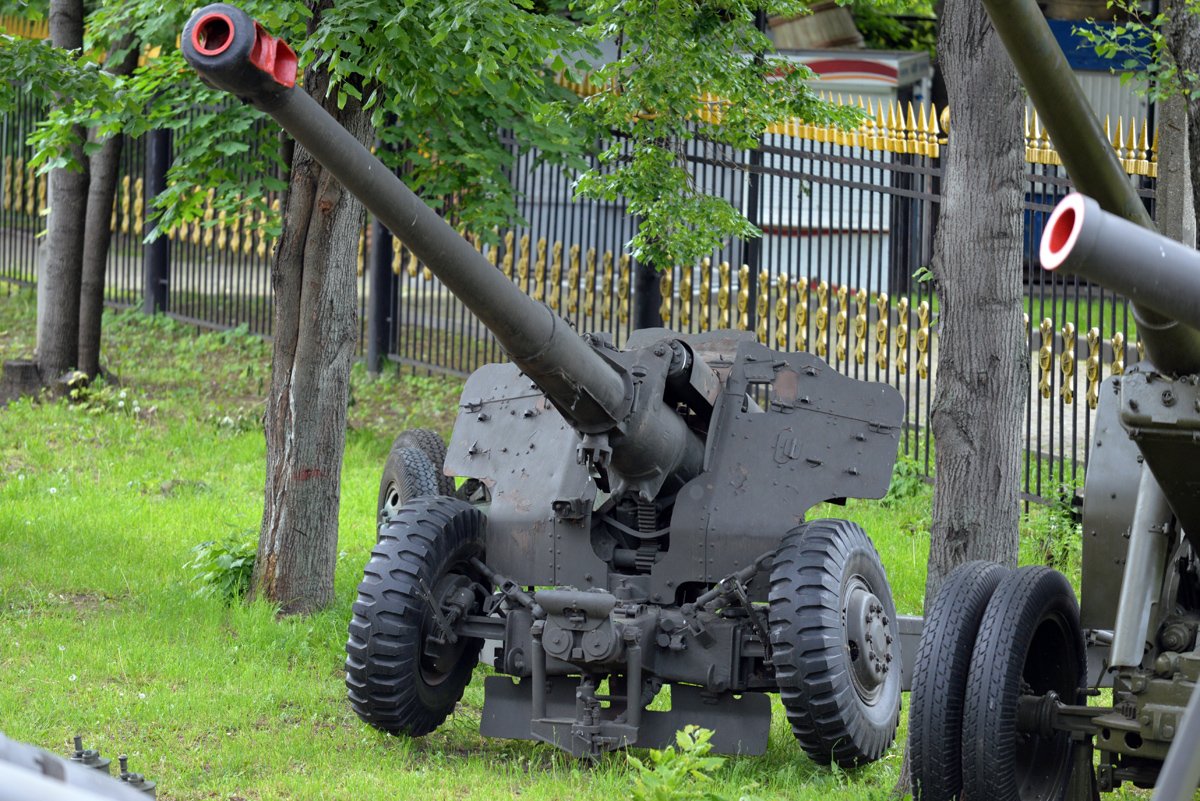

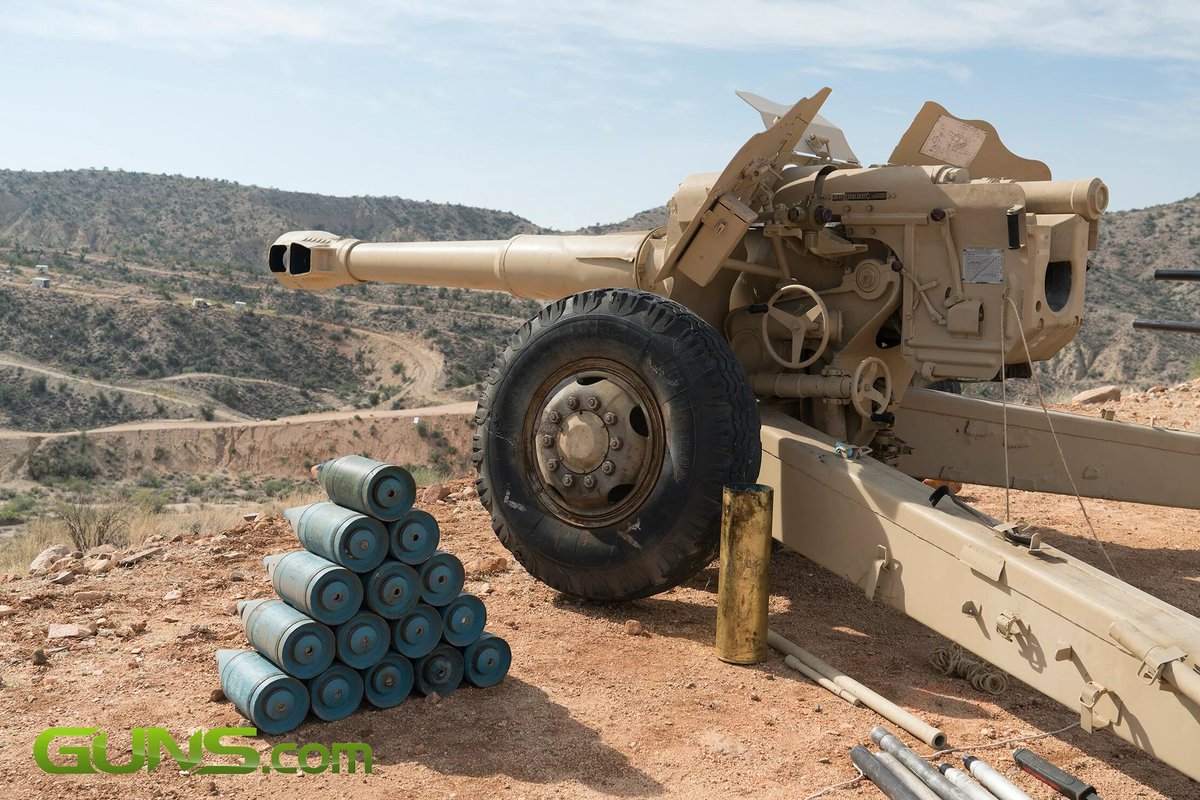
(16/24) The D-20's barrel would form the basis of the 152-mm 2A33 (D-22), the weapon of the 2S3 Akatsiya self-propelled artillery, but that's a story for another time.





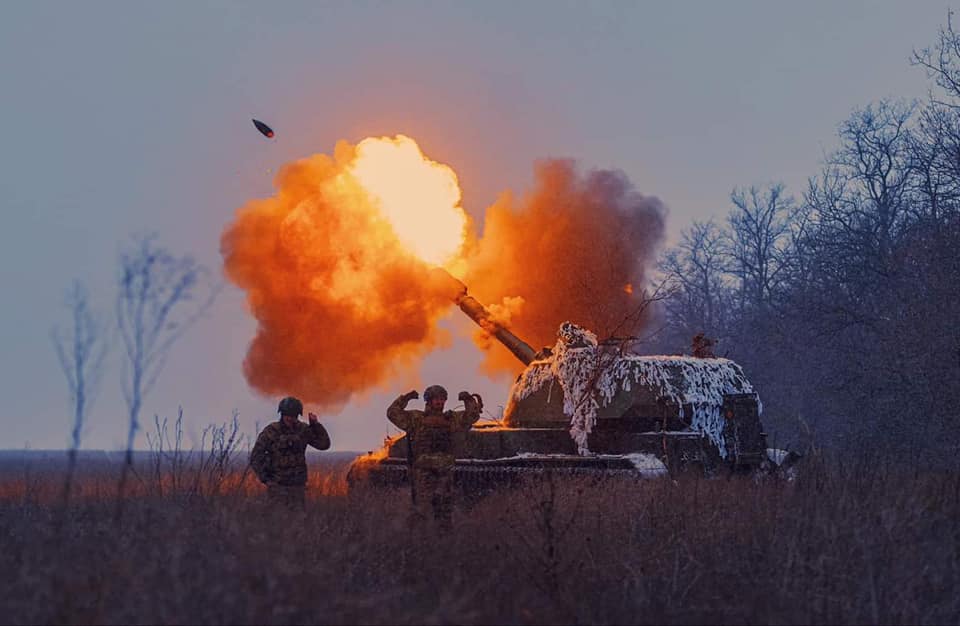
(17/24) The 2A65 Msta-B and 2S19 Msta-S duplex were developed as replacements for the D-20 and Akatsiya, respectively, but they only entered service in 1989 and never replaced the latter two in Soviet service.




(18/24) Today, nearly 70 years after being accepted for service, the D-20 remains, numerically, arguably the most important 152-mm artillery piece for both the Ukrainians and Russians.
(19/24) The D-20 is the primary Ukrainian 152-mm piece, since they did not inherit many Mstas or Giatsints from the USSR and the factories that built them are in Russia.
(20/24) Ukrainian D-20s are also integrated into the domestic Kropyva automated tactical management system, which significantly increases their effectiveness (one of the terminals can be seen in this video).
(21/24) If you are interested in learning about Kropyva, you can read this article:
https://t.co/3294HIxuodmedium.com/@x_TomCooper_x…

https://t.co/3294HIxuodmedium.com/@x_TomCooper_x…

(22/24) They have also been supplemented by their 'cousin' M1981s from Romania, and I'd expect other similar 152-mm pieces, since there are still quite a few D-20 variants in the former Warsaw Pact...
https://twitter.com/UAWeapons/status/1658496648366940160
(23/24) While Russia had more Mstas before 2022 and the D-20 was more common with LNR/DNR units, attrition due to losses + barrel wear is leading them to use more and more D-20s, and they are becoming an increasingly common sight with Russian units.
(24/24) It may not have the sophistication or range of the latest NATO 155 mm pieces, but the D-20 is available in relatively large numbers and when it comes to throwing shells, it will do its job. 
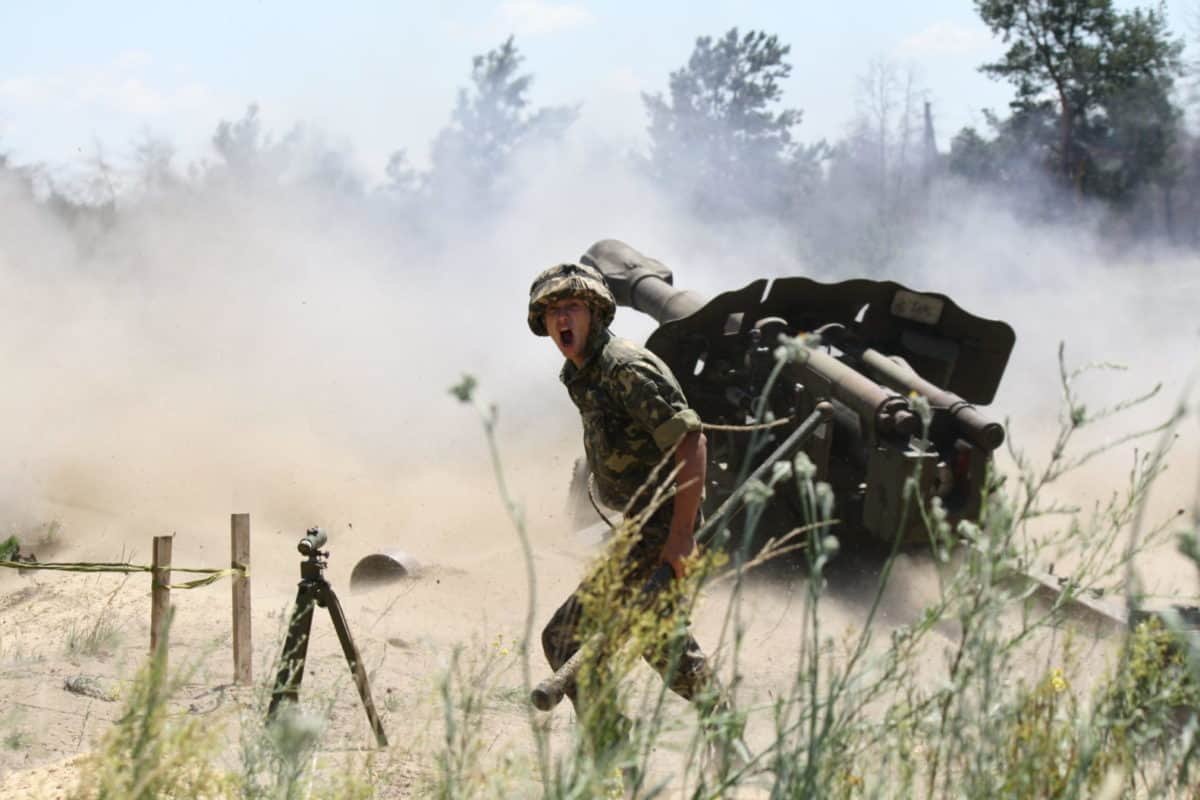
@VeermanCoen 2nd, things like Msta have been getting destroyed since February/March 2022, but the first D-20 loss (not counting the blown barrel first one) dates to October, and they have been getting more common since then.
• • •
Missing some Tweet in this thread? You can try to
force a refresh

















































